Nature’s ingenuity often manifests in unexpected ways, and perhaps one of the most fascinating examples can be found in certain bird species that have evolved remarkable adaptations for vision protection. While humans reach for sunglasses on bright days, some birds have developed built-in mechanisms that serve the same purpose—naturally adjusting to changing light conditions to optimize vision and protect their eyes. These specialized adaptations not only help birds navigate their environments with precision but also represent millions of years of evolutionary refinement. From hunting at high noon to detecting prey in varying light conditions, these avian “sunglasses” showcase nature’s elegant solutions to environmental challenges.
The Remarkable Nictitating Membrane
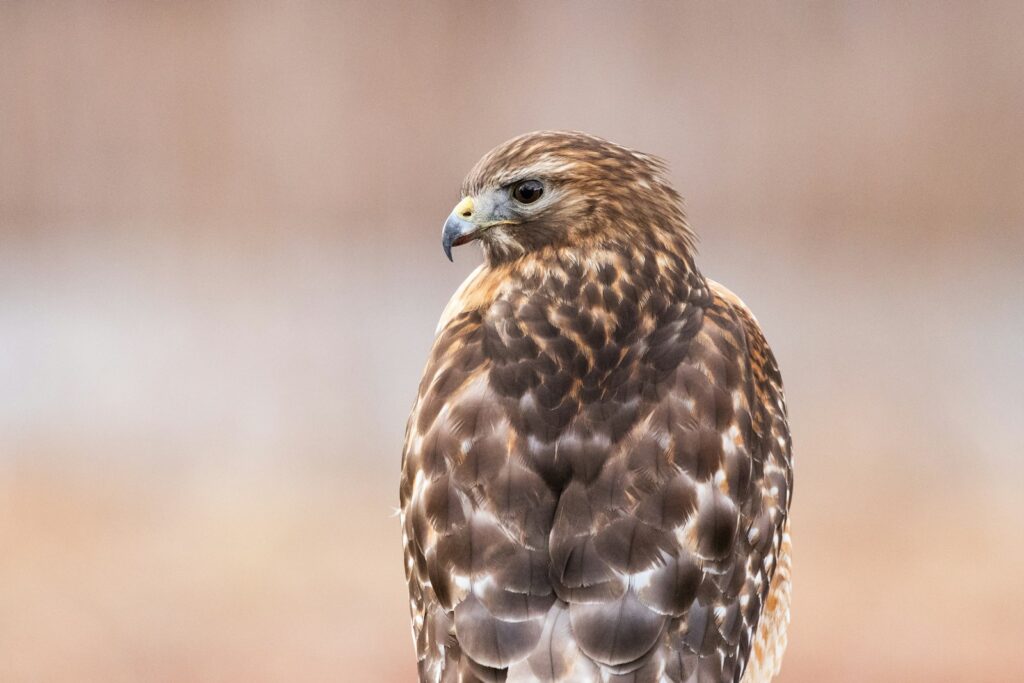
Many birds possess a specialized third eyelid called the nictitating membrane, which serves as nature’s version of sunglasses. Unlike the upper and lower eyelids we’re familiar with, this transparent or translucent membrane sweeps horizontally across the eye from the inner corner to the outer edge. The membrane allows birds to maintain vision while protecting against bright sunlight, dust, wind, and water. In some species, this membrane contains specialized pigments that filter light similar to how polarized sunglasses work for humans. Eagles, hawks, and many diving birds rely on this adaptation when facing directly into the sun during flight or when plunging into water at high speeds.
Eagles: Masters of Light Adaptation
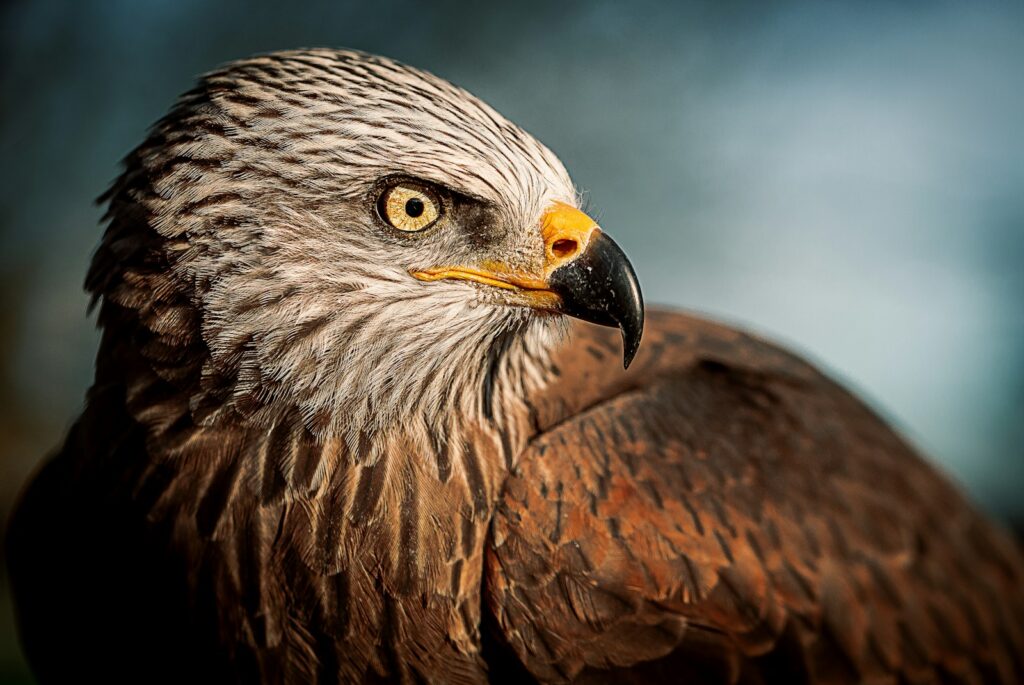
Eagles have perhaps one of the most sophisticated ocular protection systems in the avian world, perfectly suited to their lifestyle as aerial predators. Their nictitating membranes contain specialized yellow filters that reduce glare and enhance contrast, similar to the amber lenses used by human pilots and skiers. This natural adaptation allows eagles to spot prey from incredible heights while looking directly into bright skies or reflective water surfaces. The membrane moves rapidly, clearing debris and moistening the eye without ever fully blocking vision—a critical feature when diving at speeds exceeding 100 mph. Additionally, eagles can voluntarily control this membrane, deploying it precisely when needed during hunting or flying into bright conditions.
Oil Droplets: Nature’s Color Filters

Birds possess microscopic oil droplets in their retinas that function as built-in light filters, effectively serving as permanent internal sunglasses. These droplets come in various colors—red, yellow, and clear—and are strategically positioned in front of photoreceptor cells to filter incoming light. By filtering specific wavelengths, these oil droplets enhance color contrast and reduce chromatic aberration, giving birds unprecedented visual clarity. Research has shown that species living in brightly lit environments typically have more densely pigmented oil droplets, providing greater protection against intense sunlight. These specialized adaptations allow birds to distinguish subtle color variations that would be indistinguishable to the human eye, providing advantages in finding food, identifying mates, and detecting predators.
The Ospreys’ Specialized Vision

Ospreys, as fish-hunting specialists, have developed one of the most remarkable visual adaptation systems among birds. Their nictitating membranes are particularly specialized, acting as polarized filters that cut through water glare when hunting—essentially the avian equivalent of polarized fishing glasses. When an osprey dives toward water, this membrane automatically deploys to protect the eye from impact while maintaining clear vision. The birds also possess oil droplets rich in carotenoid pigments that enhance contrast between a fish and its surroundings. Ospreys can even adjust their pupils dramatically, constricting them to pinpoints when hunting in bright conditions over reflective water surfaces, then expanding them when plunging beneath the surface where light is diminished.
Owls: Nocturnal Adaptations
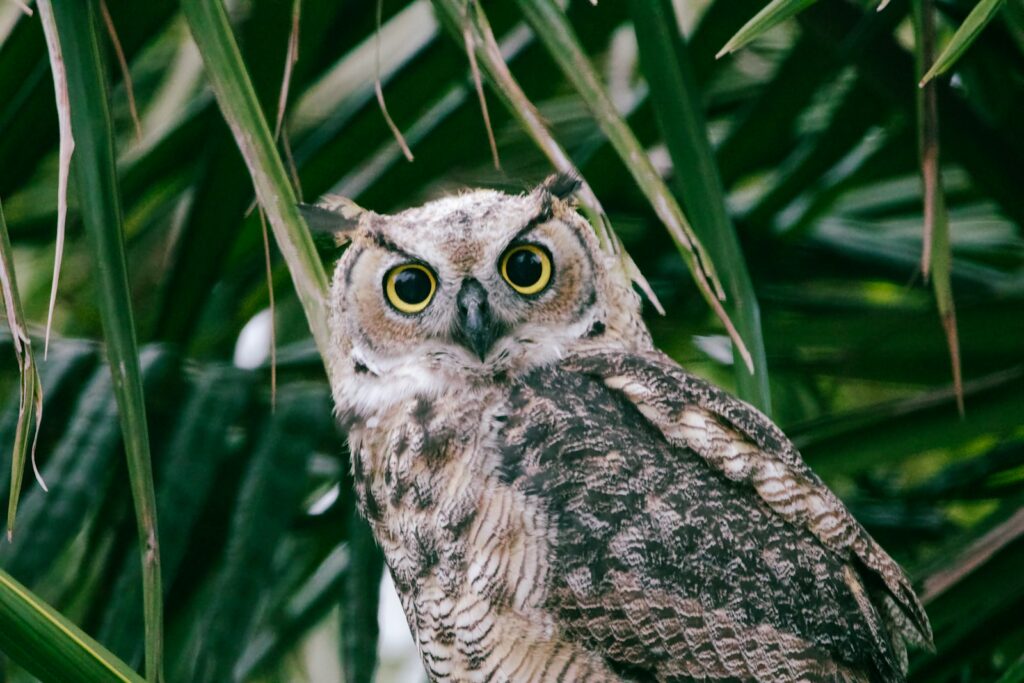
Owls represent the opposite end of the light management spectrum, with adaptations focused on gathering light rather than filtering it. Their eyes lack the heavily pigmented oil droplets found in diurnal birds, allowing maximum light transmission in low-light conditions. However, they still possess nictitating membranes that serve protective functions during daylight hours or when facing threats. When forced to hunt or fly during daylight, owls will partially deploy their nictitating membranes to reduce light intensity without compromising vision entirely. Their pupils can constrict to tiny pinpoints in bright conditions, functioning similarly to the aperture on a camera to control light intake. This combination of adaptations allows species like barn owls to maintain their hunting activities during dawn and dusk transition periods when light conditions change rapidly.
Kingfishers: The Diving Specialists
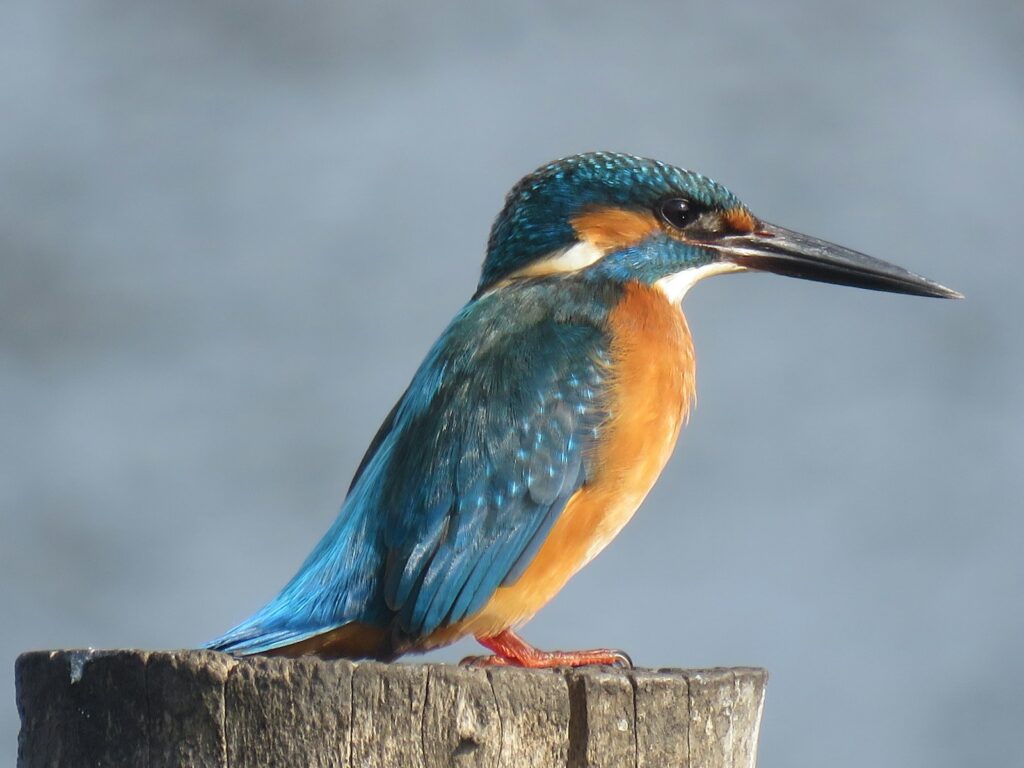
Kingfishers have evolved specialized ocular protection perfectly suited to their hunting technique of plunging into water at high speeds. Their nictitating membranes are particularly robust and clear, serving as protective goggles during their high-impact dives while maintaining visibility to track fish underwater. Some kingfisher species possess yellow-tinted membranes that enhance contrast in aquatic environments, making prey more visible against varying backgrounds. The membrane closes milliseconds before water impact, protecting the eye while allowing the bird to maintain visual contact with its target throughout the entire hunting sequence. Additionally, kingfishers have evolved specialized oil droplets in their retinas that filter light wavelengths most common in aquatic environments, further enhancing their underwater vision capabilities.
Pigeons’ Surprising Visual Sophistication
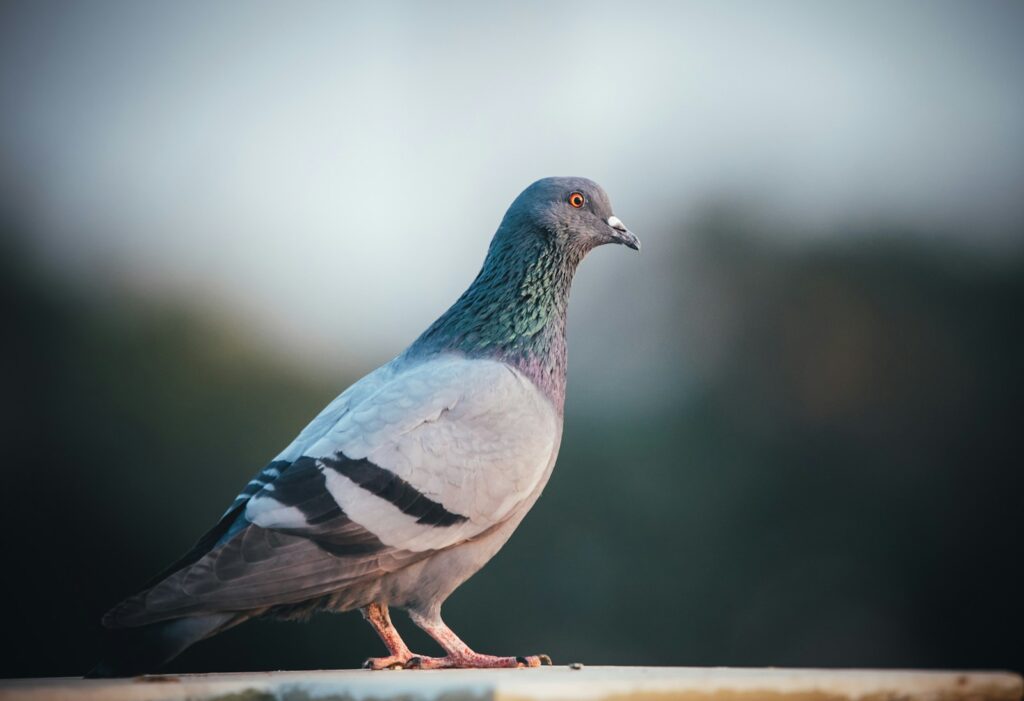
The common pigeon, despite its urban reputation, possesses one of the most sophisticated visual systems in the avian world. Their eyes contain five types of photoreceptors (compared to humans’ three), allowing them to see ultraviolet light and giving them unparalleled color discrimination abilities. Pigeons have dense concentrations of protective oil droplets that act as permanent sunglasses, helping them navigate in varying light conditions from dawn to dusk. Their nictitating membranes contain specialized cells that assist in magnetoreception, contributing to their legendary navigation abilities across vast distances. Research has shown that pigeons can detect polarized light patterns in the sky, giving them information about the sun’s position even on cloudy days—a natural capability that exceeds what even polarized sunglasses can provide humans.
The Peregrine Falcon’s High-Speed Vision

Peregrine falcons, the fastest animals on Earth, have developed visual adaptations that allow them to maintain perfect vision while diving at speeds exceeding 200 mph. Their nictitating membranes are reinforced to withstand the extreme air pressure during dives while maintaining transparency for uninterrupted vision. The membrane contains specialized mucous glands that continuously spread a protective coating over the cornea, preventing dryness from high-velocity airflow. Peregrines possess dense concentrations of photoreceptors in their retinas, giving them visual acuity at least eight times sharper than human vision. Their oil droplets are particularly effective at filtering blue light, reducing atmospheric haze that would otherwise obscure prey during high-altitude hunting.
Seabirds: Masters of Multiple Environments
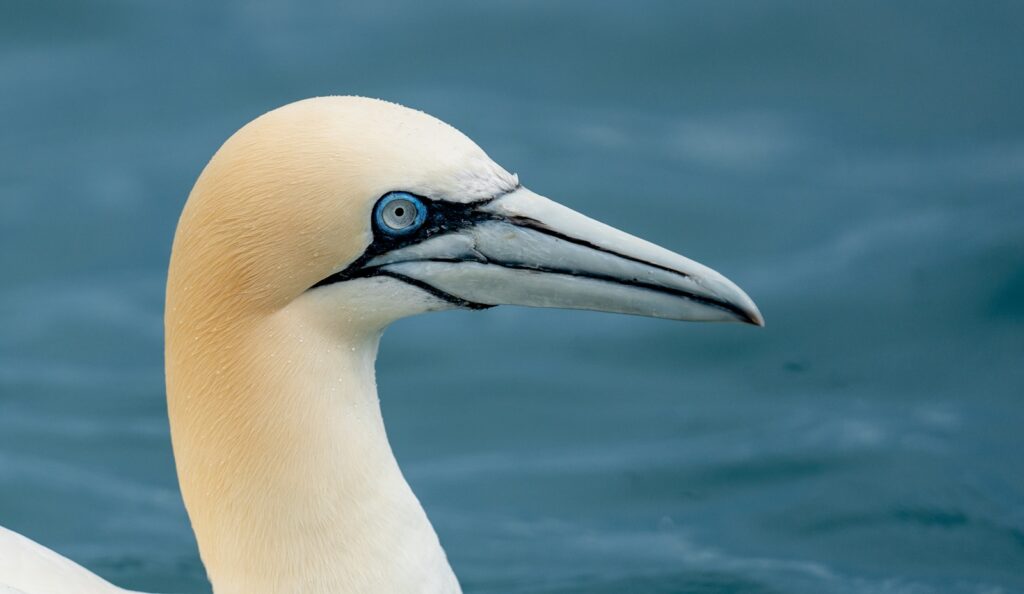
Seabirds like albatrosses and petrels face unique visual challenges, needing to see clearly both in bright, open skies and beneath the ocean’s surface. Their nictitating membranes contain specialized sections with varying densities and pigmentation, effectively creating gradient sunglasses that can adapt to different viewing angles. Many seabirds possess salt glands near their eyes that excrete excess salt through the nictitating membrane, keeping vision clear while spending months at sea without fresh water. Their oil droplets are optimized to enhance contrast in marine environments, making tiny fish or plankton visible against the ocean’s complex background. Albatrosses in particular have elongated tubular eyes that contain multiple foveal regions, allowing them to maintain sharp focus on distant horizons while simultaneously monitoring the water’s surface for feeding opportunities.
Hummingbirds: Precision Visual Systems
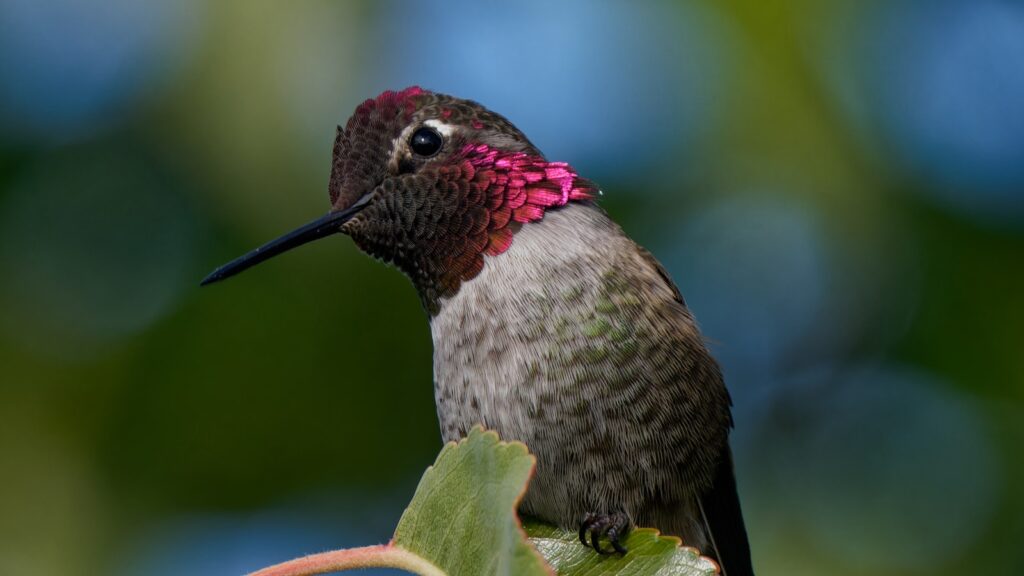
Hummingbirds have evolved exceptionally specialized visual systems that allow them to hover precisely and locate tiny nectar sources. Their eyes contain unusually high concentrations of UV-sensitive photoreceptors coupled with specialized oil droplets that create enhanced perception of flower patterns invisible to human eyes. The nictitating membrane in hummingbirds is particularly thin and clear, allowing for protection without impeding their ability to detect minute visual details necessary for precision feeding. These birds can process visual information at speeds far exceeding human capabilities, essentially seeing the world in slow motion compared to our perception. Research has shown that hummingbirds use their advanced color vision combined with their natural “sunglasses” to identify flowers that have recently been visited by other birds, preventing wasted energy on already-depleted nectar sources.
Evolutionary Origins of Avian Eye Protection
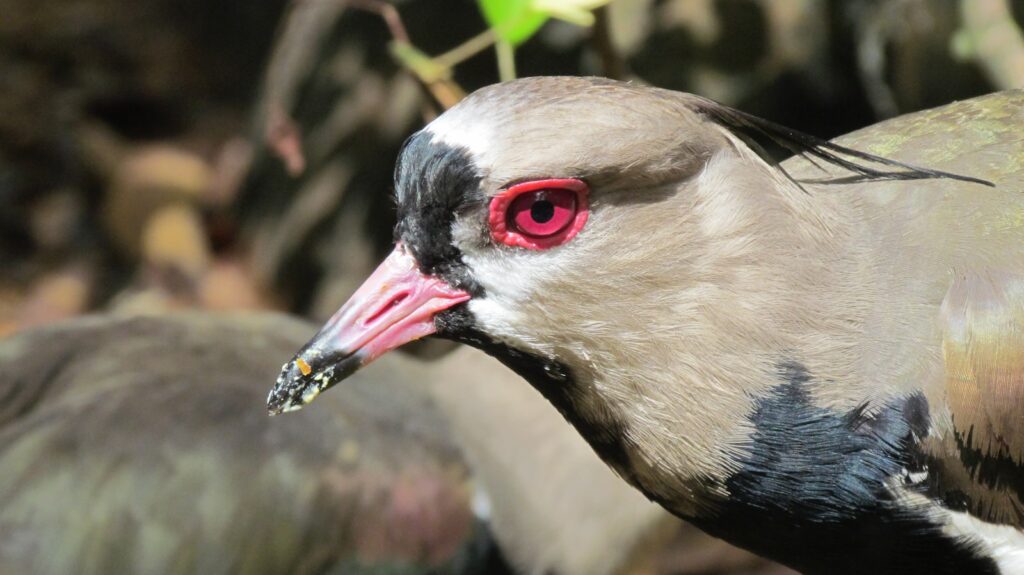
The nictitating membrane and specialized visual adaptations in birds have ancient origins, evolving over millions of years from structures present in their reptilian ancestors. Fossil evidence suggests that early bird ancestors living in the Mesozoic era already possessed early versions of these protective mechanisms. The diversification of these adaptations accelerated during the Cenozoic era as birds colonized virtually every habitat on Earth, from desert to tundra, requiring specialized visual abilities for each environment. The variety and sophistication of these adaptations demonstrate natural selection’s power to refine biological systems in response to specific environmental challenges. Modern birds’ visual systems represent one of the most successful evolutionary adaptations in vertebrate history, allowing these descendants of dinosaurs to thrive across incredibly diverse light environments.
Human Applications Inspired by Avian Vision
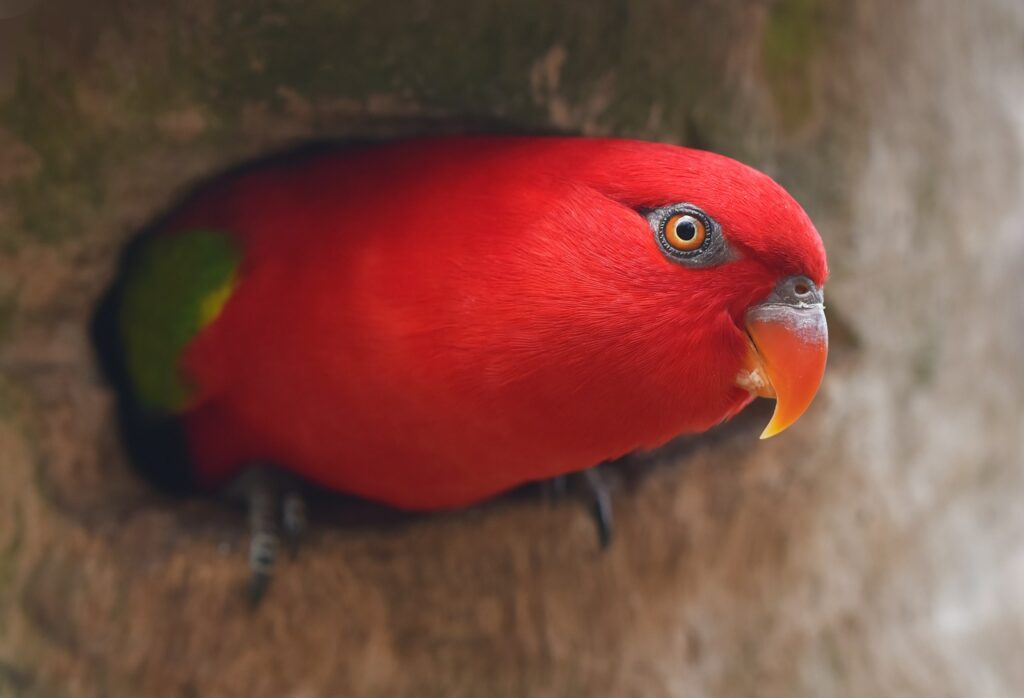
Scientists and engineers increasingly look to avian visual adaptations as inspiration for technological innovations. Biomimetic sunglasses based on the principles of bird nictitating membranes and oil droplets could potentially provide superior glare reduction and color enhancement compared to current designs. Military and aviation researchers study raptor vision to develop enhanced visual systems for pilots operating in challenging light conditions. Medical researchers are investigating how the regenerative properties of bird corneas and protective mechanisms might inform treatments for human eye injuries and disorders. The principles behind birds’ natural sunglasses may eventually lead to smart contact lenses or implantable devices that automatically adjust to changing light conditions, potentially revolutionizing human vision correction and enhancement technologies.
Conclusion

Nature’s evolutionary workshop has produced remarkable solutions to the challenge of protecting vision while maintaining visual acuity. Birds’ built-in sunglasses mechanisms—from the versatile nictitating membrane to specialized oil droplets and pupillary adaptations—represent some of the most sophisticated visual systems on Earth. These adaptations allow birds to thrive in environments ranging from the brightest desert landscapes to murky underwater hunting grounds, often with visual capabilities far exceeding our own. As we continue to study these remarkable adaptations, we gain not only a deeper appreciation for nature’s ingenuity but also potential inspiration for technologies that might one day enhance human vision in similar ways. The bird with built-in sunglasses isn’t just a biological curiosity—it’s a testament to the extraordinary power of natural selection to craft solutions that perfectly match environmental challenges.
